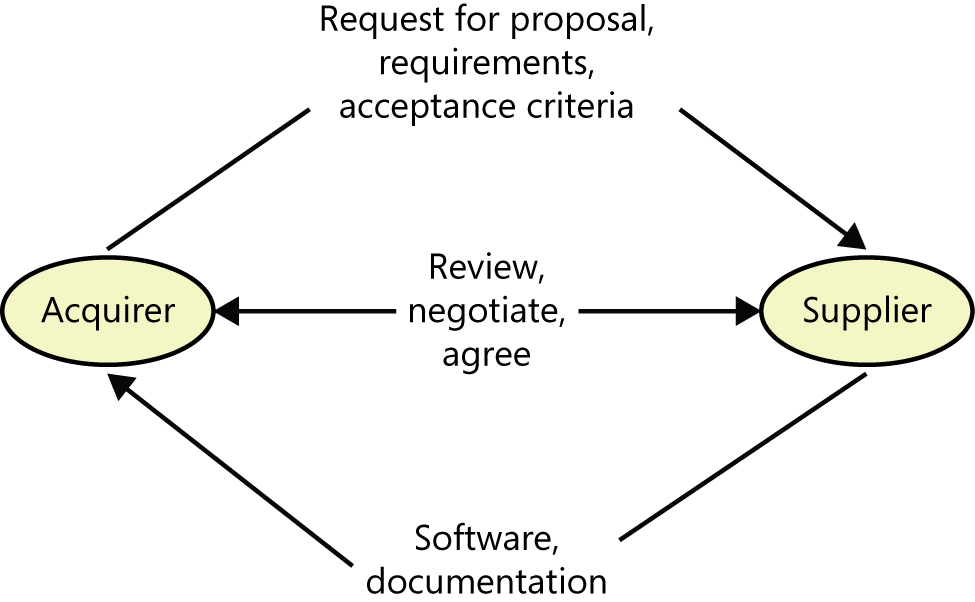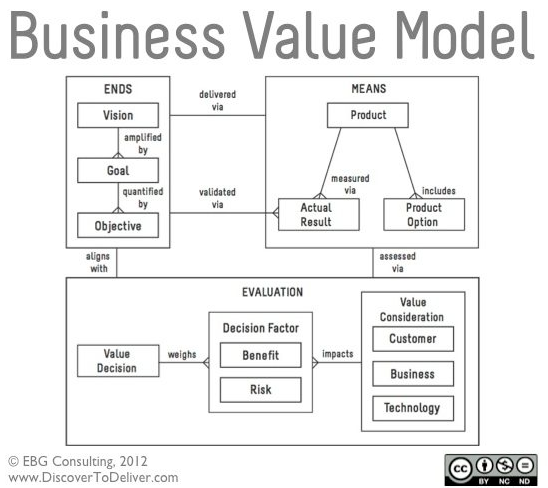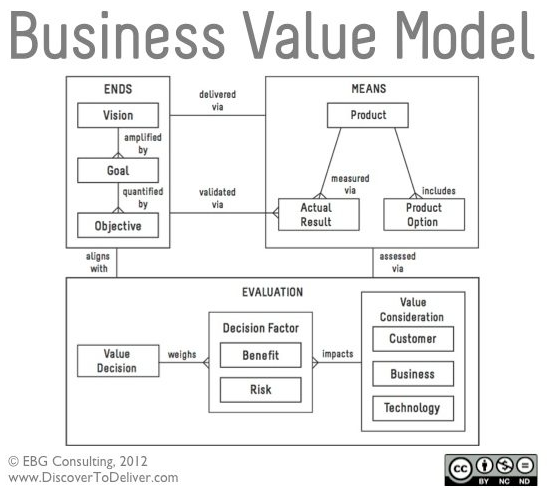Question Everything About your Business – 7 candid questions that need to be asked
 Good questions are the key to successful planning and decision making. Throughout the business planning process we must consider strategic questions to help us understand the current situation, focus areas and our vision for the future. Strategic planning is an intensive process and should be a team effort – it should not be done in isolation.
Good questions are the key to successful planning and decision making. Throughout the business planning process we must consider strategic questions to help us understand the current situation, focus areas and our vision for the future. Strategic planning is an intensive process and should be a team effort – it should not be done in isolation.
A good place to start in the planning process is to focus on ‘what’ questions. What questions are extremely powerful tools for thinking about your business / personal strategy, goals and objectives. The key is to know which questions to ask and to be willing to take a candid look at your business.
Here are seven candid “what” questions that every business leader should ask:
What are the overall strengths and weaknesses of your business?
Strengths and weaknesses exist in all organizations and should include considerations for people, resources, culture, work processes, tools, supply chain, financial situation, etc. The list goes on and on. The important thing here is to start the process by first looking at your organization and its resources.
What are the overall opportunities and threats to your business?
Focus here on your external world, the things you cannot control but must be aware of. Some items could include a market shift, retirement and succession, competitive movement and changes, the global business climate (local, national or international), obstacles or climate and weather effects. We often miss the opportunity to do environmental scanning. Look outside your office to truly understand the opportunities and threats to your organization.
What political, economic, social and technological conditions impact your business?
What’s happening in your local business scene (economics)? Is there a product or service that people want or need to buy? Is technology impacting your team and their need for training? What important social change will impact the business? Are you developing leaders for tomorrow? Every answer should lead to another question. Dig deep, exhaust yourself and find people to help you through the process.
What do you want to achieve, protect, avoid and eliminate?
This question contains all the elements of risk planning. There are always things we want to achieve, protect, avoid and eliminate on a personal, team or organizational basis. What are they? Identify as many as possible and make a list. Examples vary but could include increased sales, keeping an established portfolio, avoiding trouble or accidents, establishing an employee health program or helping people drop a few pounds. The point here is that whatever is identified must be relevant to your business and its challenges.
What are the key challenges you face today, tomorrow and in the distant future?
We’re in an era where we must be predictive and adaptive business leaders and professionals. Strategic planning is about timeframes with past, present and future considerations. Establish what your work world should look like with timeframes. Planning used to focus on 3 to 5 year cycles. That has changed. Now we must keep our eye on short-term road trips with long term implications.
Where are we and how did we get here?
This question is a pure honesty question. Success and failures in every business should be reviewed periodically. It is used to establish your present situation and to help you accept complete responsibility and accountability for it. No blame-storming allowed. Outside forces might have contributed, but at some point decisions were made to set your direction. As a business leader, you were either active or reactive and there were consequences. Capture it, leverage it and be prepared to let it go.
What key initiatives are going to be placed on the strategic agenda of your business? Why are they important?
At some point you need to focus and make key decisions that will make a difference in your business. Building your strategic agenda is a different type of challenge and may require another approach. This may take ‘why’ questions, questions that focus on benefits and value. Before adding anything to your strategic agenda you must first clearly establish the benefits and values of those items.
Being honest about your business, the organization and its people is a challenge. When strategic planning it’s important to remove yourself from the natural tendency of coming up with solutions. Establishing solutions is the action part of planning. Consider engaging an expert strategic facilitator to help. Remember that you don’t plan to fail, you fail to plan and planning requires asking the right questions.
Don’t forget to leave your commments below.




